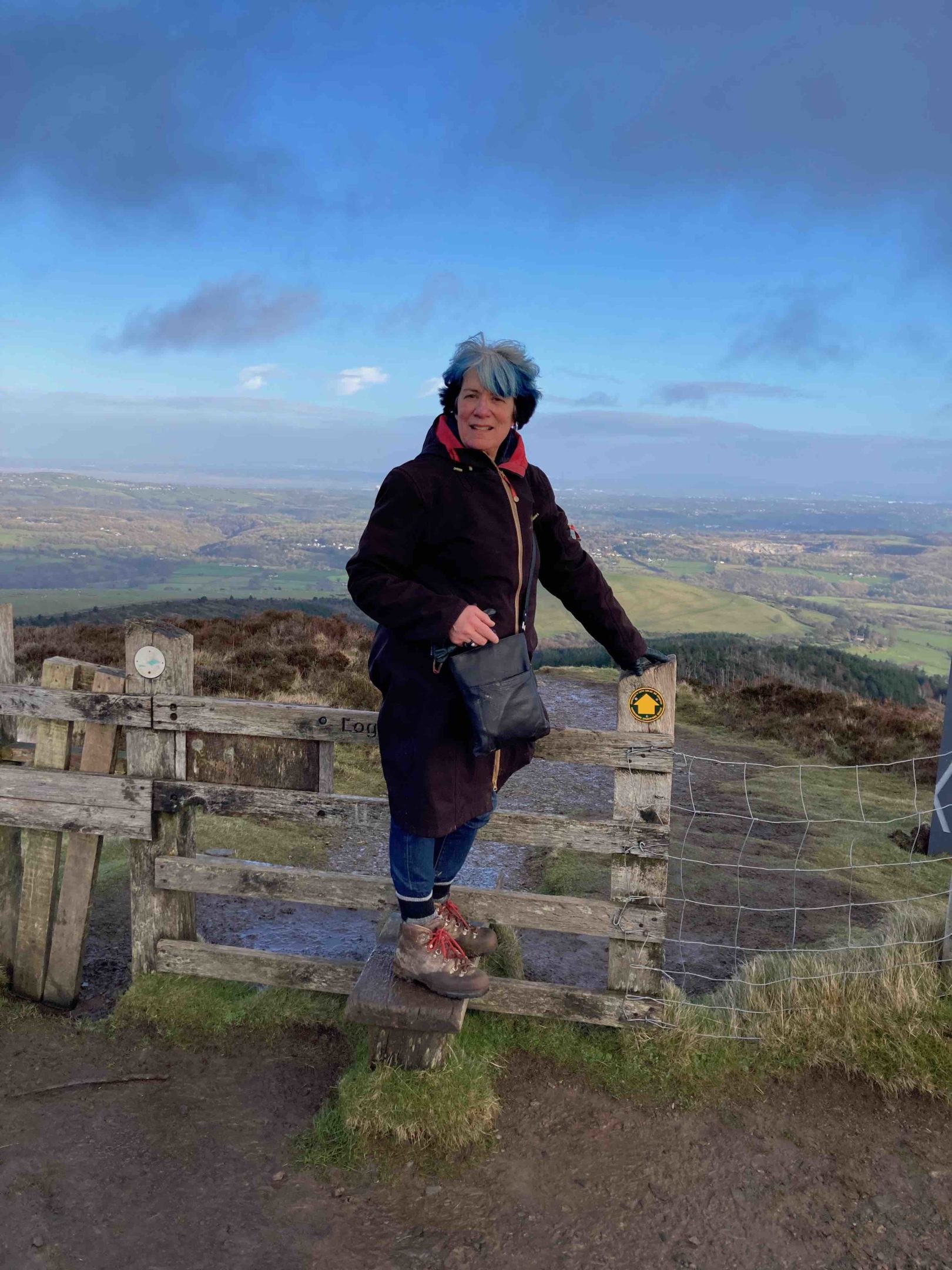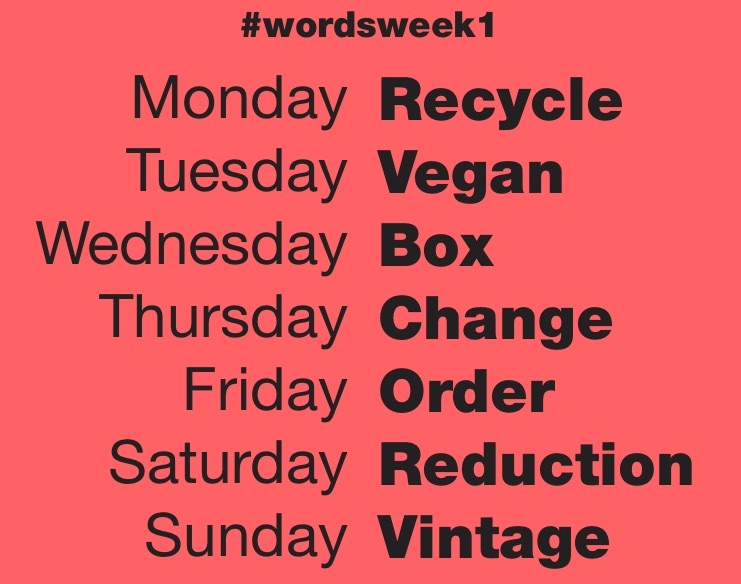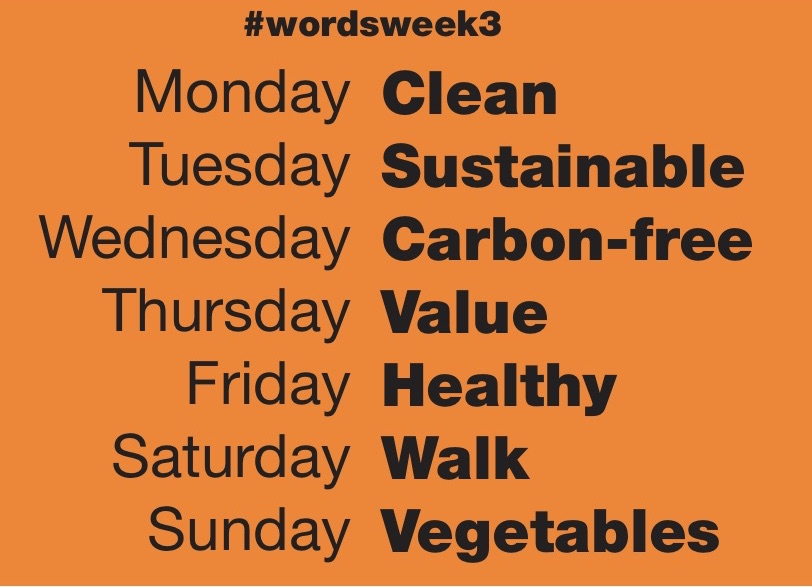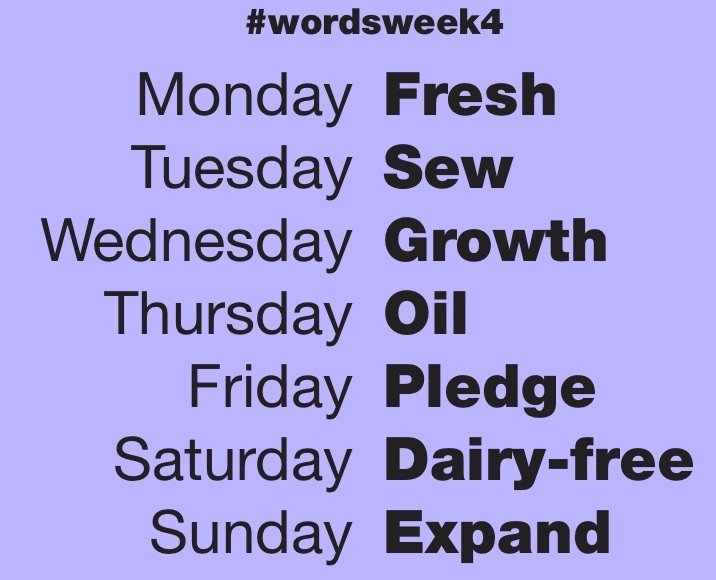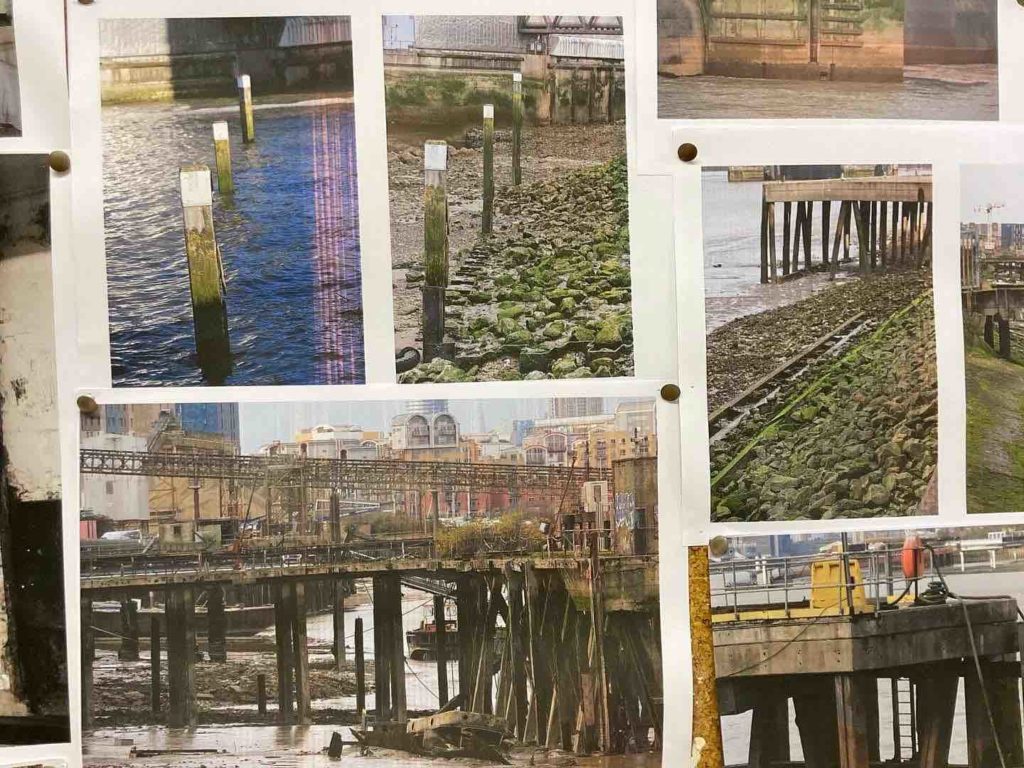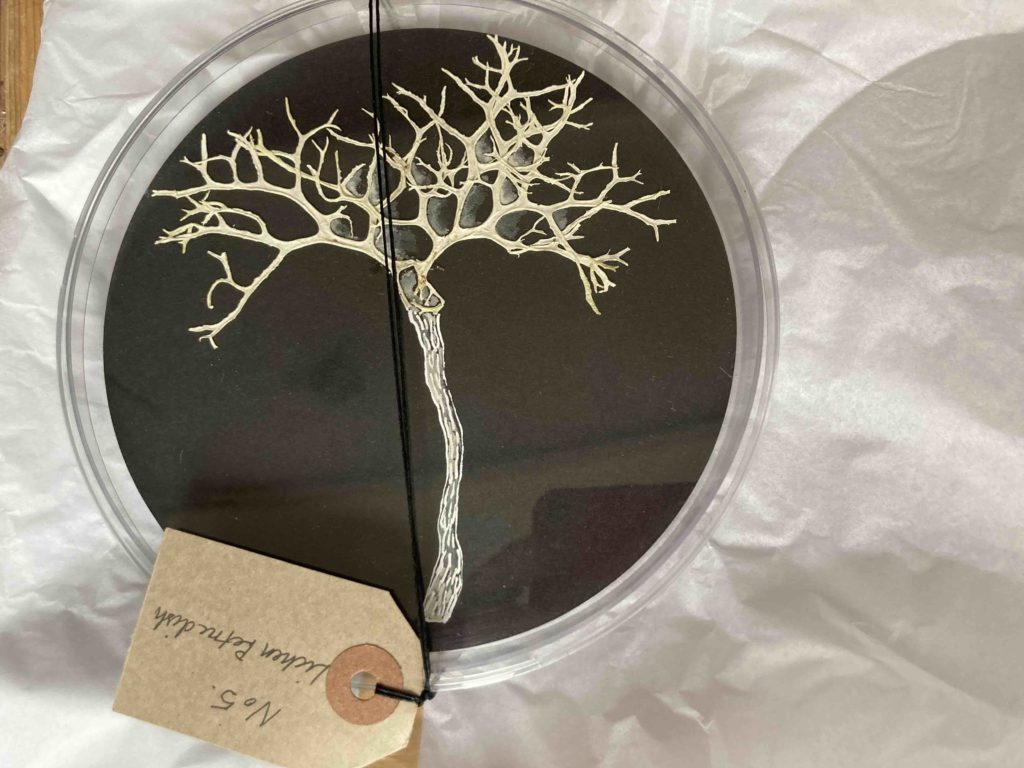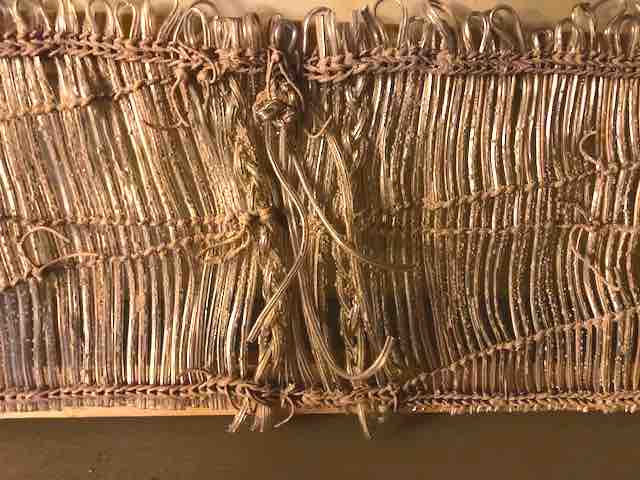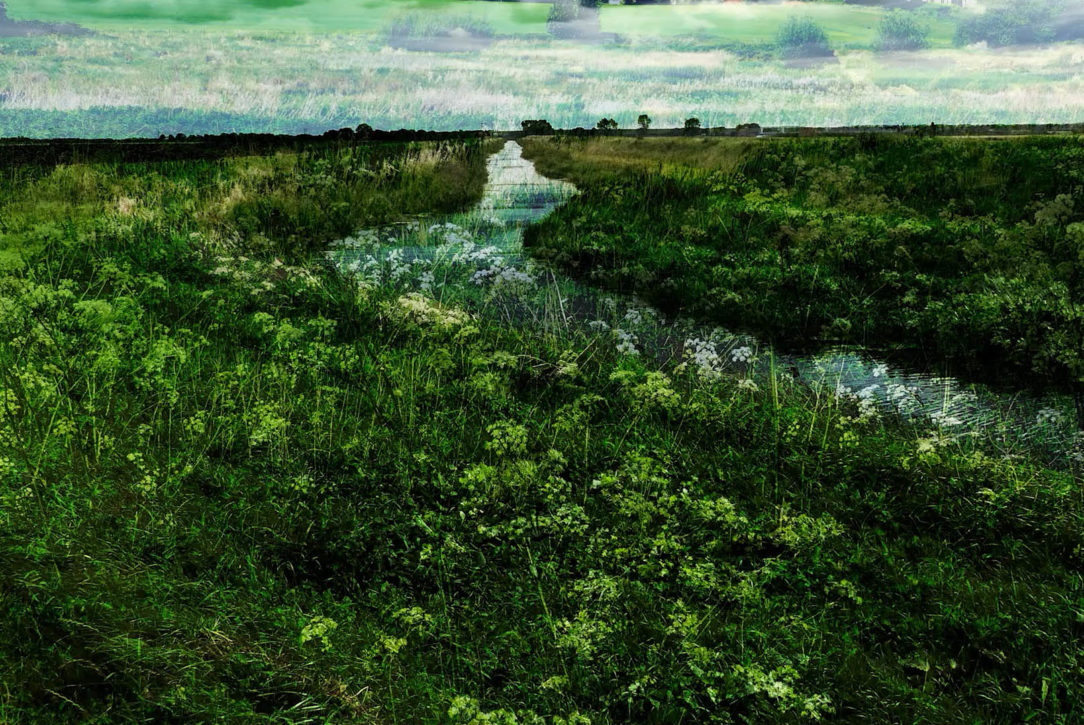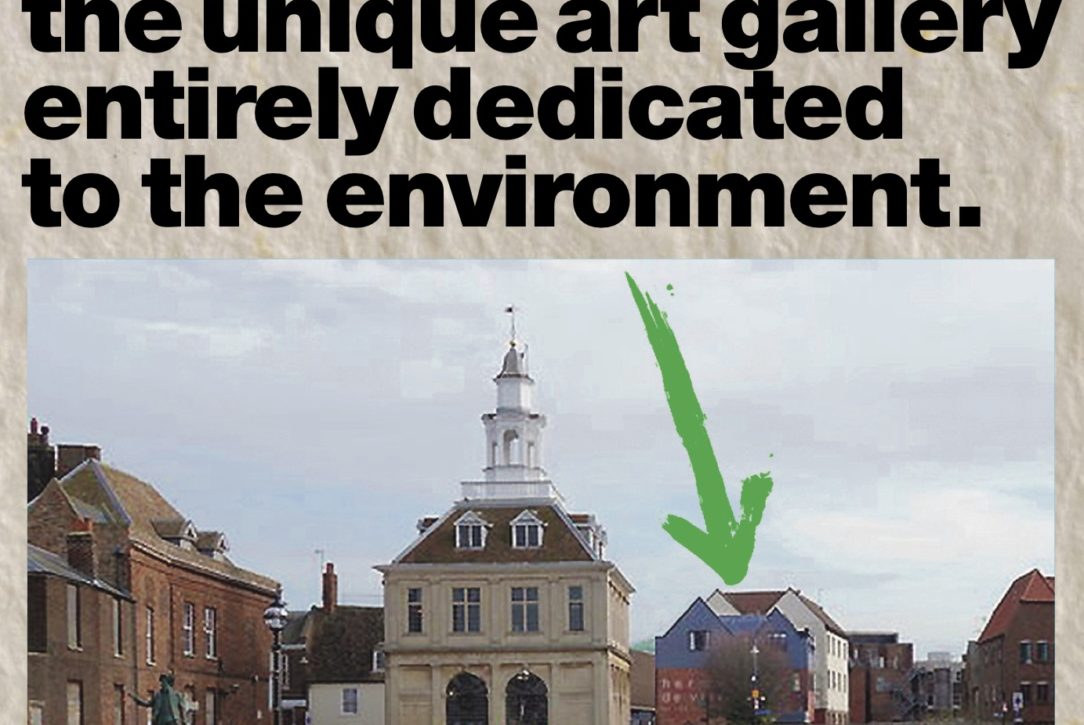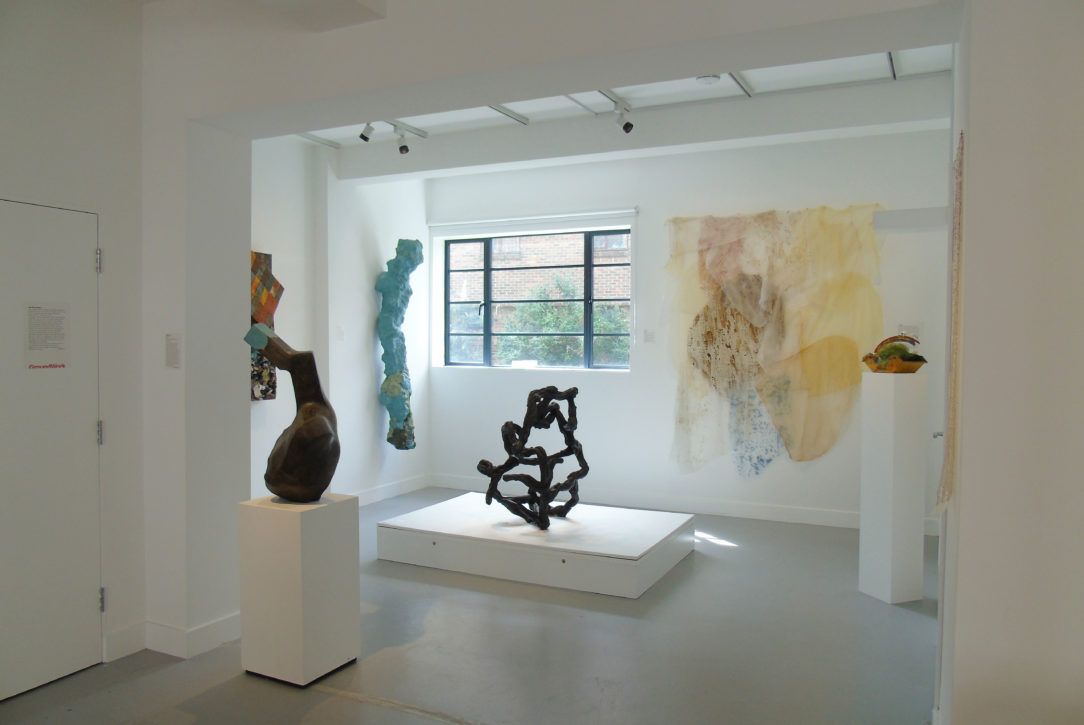Thinking through the new year environment with one of my colleagues last year, we came up with an Instagram challenge. It was to be similar to ones we had done before and which I have written about here. Like the #doorstepenvironment which we did in lockdown 2020, we would choose a word a day to post. As before, the idea would be to invite you all to respond with your own images and texts. We made long lists of New Year Resolution words and phrases, suitably environmentally focused. Words like recycle, repurpose, reduction; clean, sustainable, carbon-free; or slow-fashion, upcycle, transform.
When it came to the point, even though Pearce Marchbank made us some lively posters for it, somehow it didn’t seem right. For one thing, it was suddenly a bit daunting. I am not sure anyone has the energy at the moment to post relentlessly each day with a new concept or targeted thought. Maybe I’m wrong, but I certainly felt a bit weak even contemplating it.
But there was another reason. Daily catch-phrases or slogans, even word-prompts just seem a bit trite at the moment. A bit too random. In our increasingly complex world we need more than quick fixes. We need some bigger ideas. Also, we need some connectivity between disparate subjects, between people of varied interests and specialisms.
So, we have abandoned starting the year with random words and phrases. But, how can our New Year Environment instead become artistic and environmental with its own utterly compelling, continuing and changing story?
GroundWork Dialogues
One thing that is starting the new year environment for us at GroundWork is our GroundWork Dialogues Symposium, from Feb 28 to March 4. Marina Velez and I are organising it as a proper discussion forum. It will be global, involving contributors from Australia, Canada, United States, Norway, France and Spain, as well as the UK. For the first time (for us) it will happen live in the room and simultaneously on-line via one of the streaming platforms. Sharing discussion and enabling it to flow across people in different spaces and time zones might be tricky. But, being consistent with our need to reduce our carbon footprint, it is essential to try to make it work.
The broad theme for the GroundWork Dialogues Symposium is sustainability, and it will set the tone for the year for sure, and probably beyond. We hope some new collaborations between participants will emerge from it. Anyhow, you can book it here.
The other strand of thinking that the abandonment of the Instagram word challenge led to, concerns the whole GroundWork programme. This realisation, and also the need to make this clearer came through my discussions yesterday with Catherine, who works with me a lot.

The New Year Environment exhibiting programme
Regularly I get approached by very good artists. Also, through my various travels in real life and virtually, I see a lot of great work. But it is my job in curating GroundWork’s exhibitions and projects, to make them hang together in a coherent way both artistically and environmentally. As with our abandoned Instagram challenge, there is an increasing need for it to be more than a series of conventional group shows. It has to make bigger sense as a community of co-thinkers and activists exploring a series of environmental issues. The programme isn’t based on snatches of bits of ideas. It has to be properly thought through as a serious environmental project throughout all its aspects.
So what I am doing right now – and more will emerge here over time – is planning the exhibition programme for the future, in terms of the environmentalism that has to drive it. There needs to be a synergy between the realm of ideas around the works of art, the ideas behind them contributed by the artists and the ways in which they are communicated by us at the gallery, and understood by our various visitors and audiences. The environmental context is critical, as is combining the right works by the right artists at the right time.
The eternal questions for us are: How can we bring both display and responses together to make an impact? How can we increase our community of interests? Who can we join in with to make our collective stories bigger? Who is watching and listening and who else needs to watch and listen? The whole process involves shaping ideas and then forming communities around them – communities of vision, of thought, of response.
How can our New Year Environment become an utterly compelling, continuing and changing story?
Watch this space.
Veronica Sekules
January 2022

